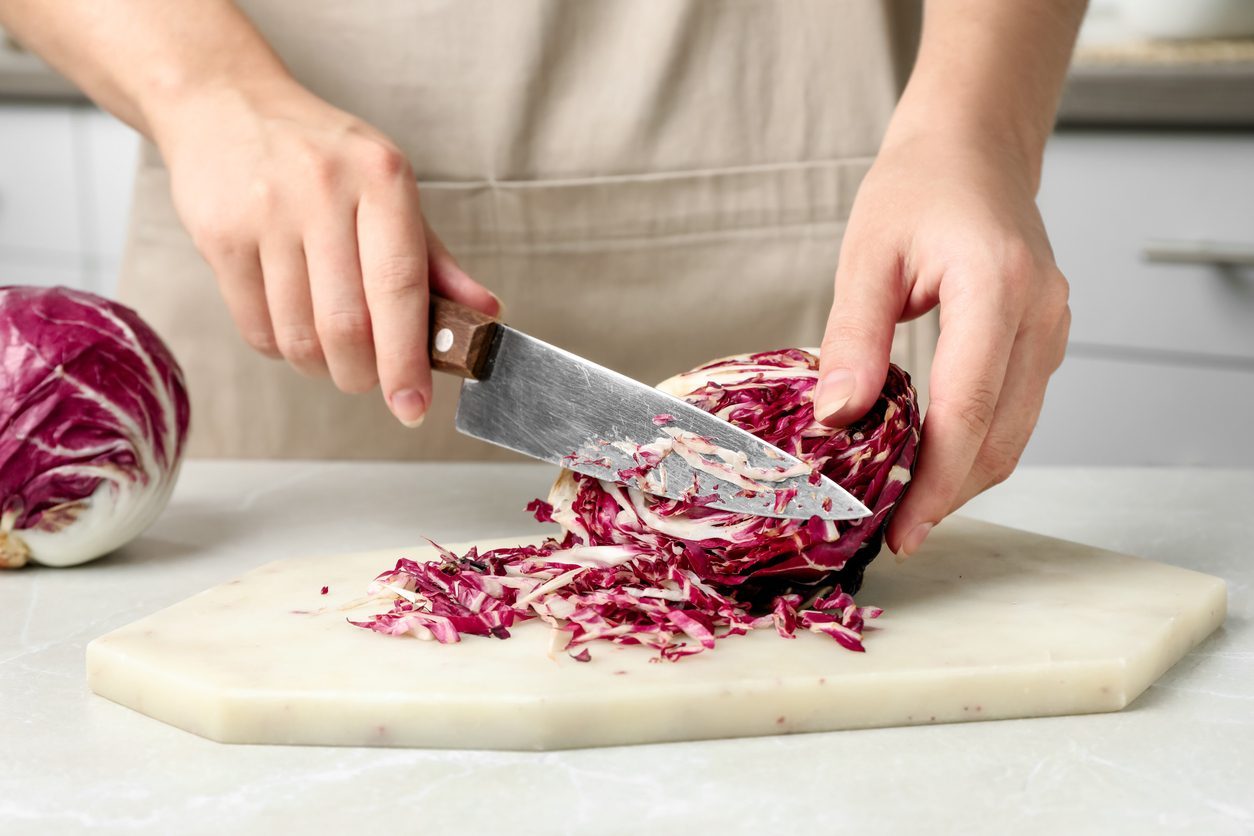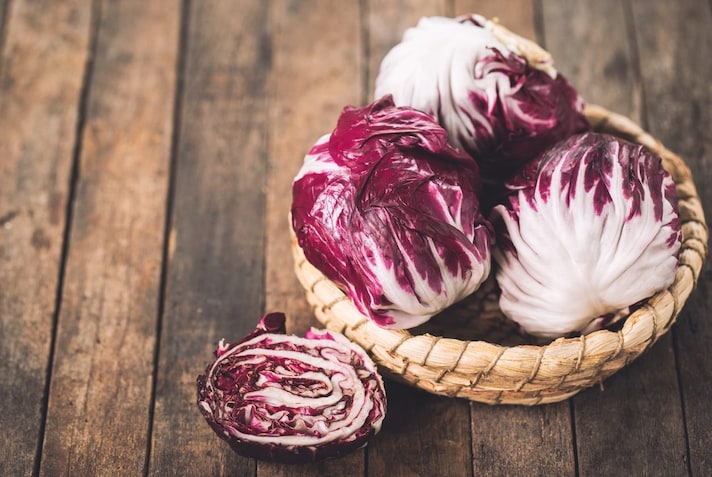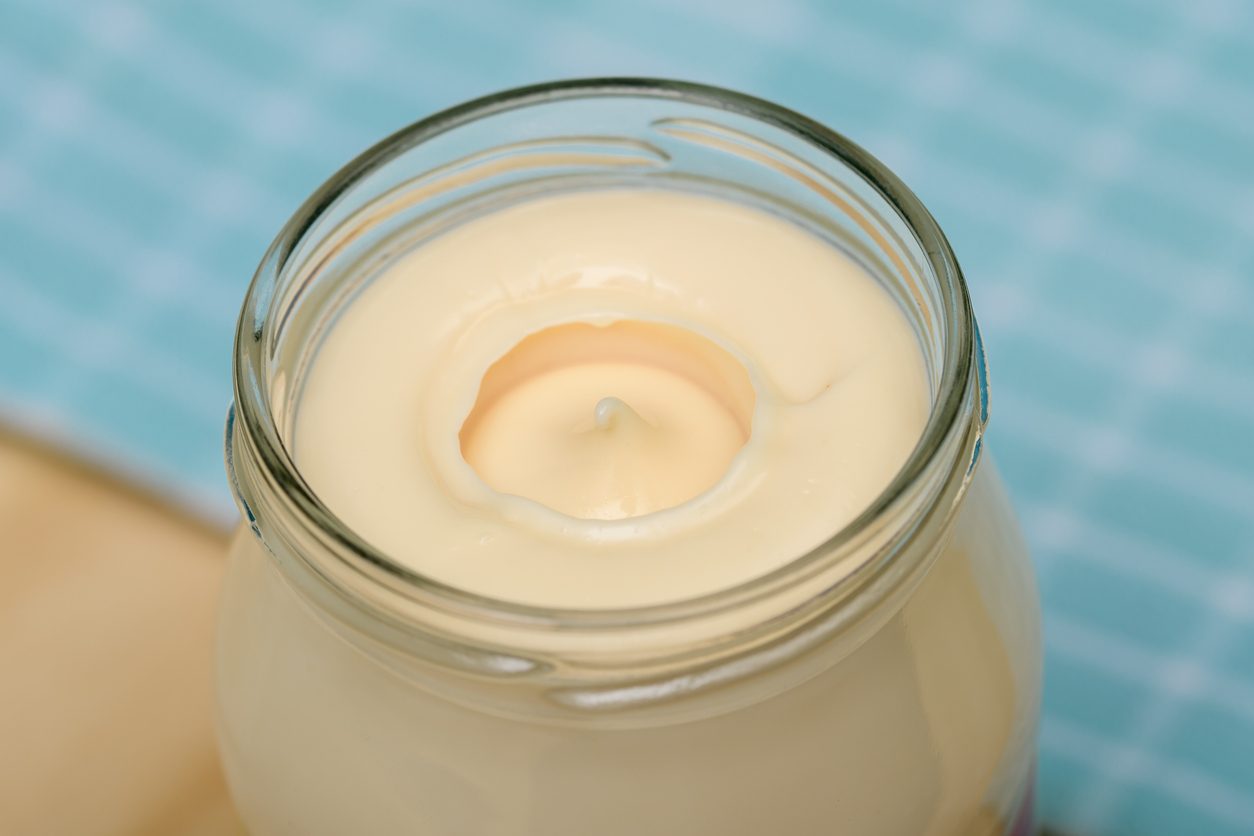How to Store Radicchio to Make It Last a Long Time: Methods, Tips and Recipes
Among the most beloved winter vegetables, radicchio is a vegetable with many properties that can be eaten raw and cooked. Let's see how to make it last in the refrigerator (but also outside), if it can be frozen and how to enjoy it even out of season.
;Resize,width=742;)
With its bold bitterness, impressive nutritional benefits, and incredible versatility in the kitchen, radicchio is a favorite among leafy vegetables. In the U.S., it's especially prized in regions with strong Italian culinary influences, like California and the Northeast. Popular varieties include Treviso, Chioggia, and Castelfranco radicchio, which add a vibrant crunch to salads, pastas, and grilled dishes.
A specialty that stands out on the table in autumn and winter: it belongs to the large family of Asteraceae, like lettuce, artichoke, dandelion and cardoon and is a vegetable rich in antioxidants, vitamins of groups A and C, minerals such as iron and potassium, composed mainly of water and low in calories. Crunchy raw, when consumed in fresh salads, perhaps together with oranges, fennel and olives, radicchio is a passepartout combination (with cheeses and meats) as a side dish, baked, grilled, in a pan, and becomes the main ingredient of elegant risottos and delicious lasagna. Many advantages and, probably, only one defect: that of being a delicate product, which deteriorates quickly, losing structure and softening. How to keep radicchio for a long time? There are different ways to preserve its crunchy note, and others that are perfect for having it available even out of season.
How to Store Radicchio in The Refrigerator
To keep radicchio fresh, the refrigerator is the simplest and most immediate solution. If raw, leave the head whole and do not wash it. Only remove any leaves that are already damaged. Place it in the vegetable compartment, placing it inside a micro-perforated plastic bag, wrapped in a dry cloth, kitchen paper or bread bag: air circulation is guaranteed and at the same time excess humidity will be absorbed. It can last up to a week in this way. If you need it for a salad, you can also clean it and cut it into pieces, drying it carefully to prevent it from rotting: transfer it to an airtight container or a bowl sealed with cling film and use it within three to four days, to avoid oxidation. Have you already cooked the radicchio? In this case, let it cool completely and then place it in a container with a lid: consume within a couple of days, since the flavor and consistency alter more quickly.

How to Store Radicchio Outside The Fridge
A variety that, if purchased in abundance, can also be stored outside the refrigerator is the red radicchio of Treviso, in particular the late variety that begins to be harvested at the end of October. Low temperatures do not scare it, nor does humidity: for this reason it is stored in a cool, ventilated place, such as the balcony, terrace or cellar. How to do it? Wrap the heads in a wet, wrung-out cloth and store them in a small house, to make them last up to two weeks: when the cloth dries, moisten it again and check from time to time that there are no compromised leaves.
How to Freeze Radicchio
Let's say it right away, to avoid vain attempts that only risk wasting the vegetable: raw radicchio is not suitable for storage in the freezer, since the high percentage of water would favor the formation of ice crystals inside, resulting in a soft and not crunchy product. However, it is possible to freeze it after cooking: blanch it for two or three minutes and then cool it in water and ice, so as to stop the cooking from progressing. Drain it and dry it well. At this point take the classic freezer bags and portion the radicchio, labeling with the name of the product and the date: it will last up to 3 months. Do you want it ready to use? Sauté it in a pan with extra virgin olive oil, a clove of garlic and salt only at the end: wait for it to cool and then seal it in airtight containers. When you want to eat it, just defrost it directly on the stove or in the microwave.
Radicchio in Oil: A Great Classic
One of the most traditional ways to enjoy a vegetable out of season is to put it in oil, in a jar – carefully sanitized – which becomes a real concentrate of flavor. Obviously, radicchio is no exception. Proceed as follows: cut the radicchio head into pieces or quarters and blanch for a few minutes in a solution of water and vinegar in a 2 to 1 ratio, together with salt and sugar (white or brown). After draining (better with a slotted spoon so it doesn't get ruined) let it dry completely on a clean cloth. Once the necessary time has passed, it may take a few hours, fill the jar with the radicchio, compacting, but without crushing. While you compose the layers, add spices and aromatic herbs to taste, such as garlic, black peppercorns, bay leaves, juniper berries. Pour the extra virgin olive oil or seed oil covering the entire contents, shake to eliminate any air bubbles and close. Let it rest for at least a week in the pantry (checking that the vacuum has formed). Perfectly sealed and left in a cool, dry place, away from light and direct heat sources, it lasts for 6-8 months. Once opened, keep the jar in the refrigerator for a few days.
Radicchio Compote: The Delicious Sweet and Sour Preserve
Do you love appetizer platters or starter platters , complete with lots of irresistible sauces? Radicchio, like figs or onions, can be transformed into a sweet and sour compote, ideal for pairing with cured meats and cheeses, fresh or aged. To make it, use radicchio sliced into thin strips and cooked slowly with sugar (the amount is around half or ⅔ of the weight of the vegetable, no less or it increases the risk of bacterial proliferation ), orange juice and zest (or a mix of citrus fruits), if you like, a piece of grated ginger, so as to obtain a consistency similar to that of a jam. Cooking must be gentle and prolonged, stirring to prevent the mixture from sticking to the pan. Once the desired density is reached, pour into sterilized jars and seal. Again, this will keep for about 6 months, while if you open the jar, the time is reduced to a week in the refrigerator.
;Resize,width=767;)
;Resize,width=712;)
;Resize,width=712;)
;Resize,width=712;)
